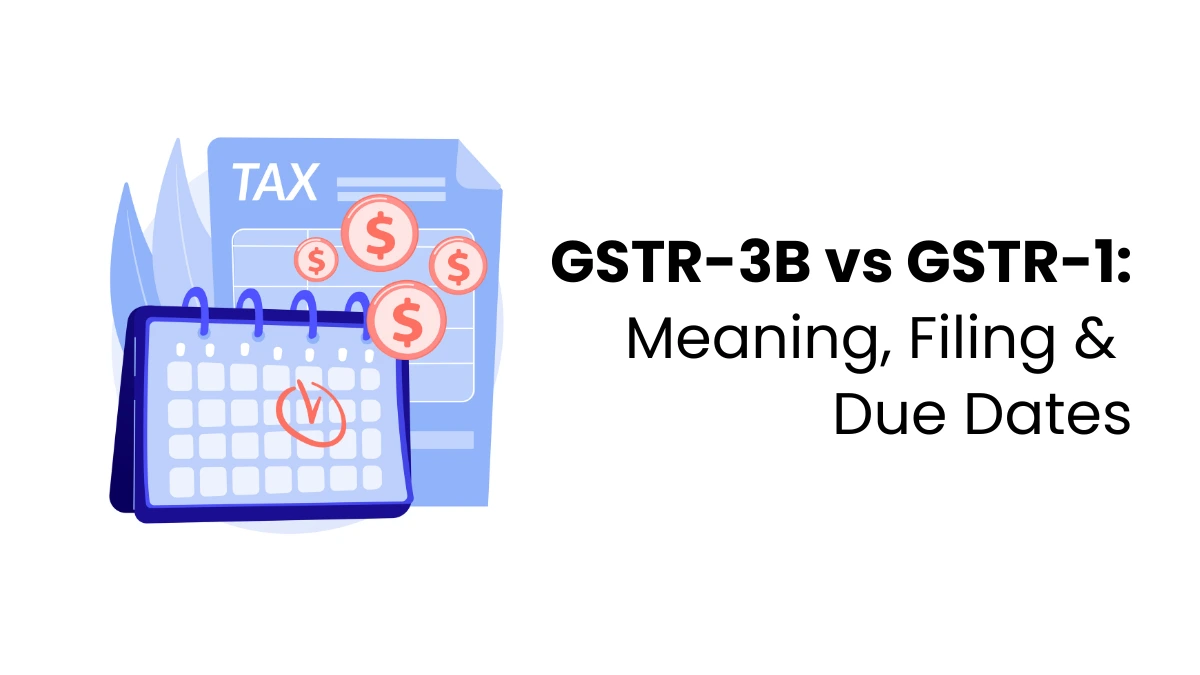The future of SEO is being reshaped by artificial intelligence, smart algorithms, and evolving user behaviour. It’s not just about stuffing in keywords anymore; it’s all about giving people value in the right way and at the right moment. With tools like ChatGPT and voice search becoming increasingly popular, marketers must reconsider their approach to content creation. Knowing what’s coming up can really help you or your business grow.
SEO Trends Are Evolving Rapidly
Search engines have become quite sophisticated, and users want quick, relevant results. This means marketers should focus on making content that’s easy for both humans and machines to get. From images to voice, every detail counts. If you don’t pay attention to these trends, you could lose out on visitors and trust.
Old Methods No Longer Work
Stuffing keywords and farming backlinks is old news. Google’s updates now reward sites that provide users with what they want. Ranking now depends on factors such as page experience, how well it performs on mobile devices, and its relevance. If your content isn’t helpful or easy to read, nobody will care. The future of SEO favours depth, clarity, and usefulness.
User Search Behaviour Has Changed
People don’t just type, they speak, swipe, and ask questions naturally.
- More voice searches from mobile devices
- Expectation of quick, simple answers
- Shift toward visual and video content
- Greater trust in well-reviewed sites
- Users value credibility and clarity
Exploring AIO in Modern SEO
AI Optimisation (AIO) is about making your content easy for AI to understand. These AI helpers determine what people see, so ensure your writing is clear and contains accurate information. AI is how people find your content now. If what you write isn’t easy to get or isn’t what people want, AI might skip it. So, focus on why people are looking for something, make it easy to read, and be correct. As AI improves, it will prefer content that genuinely helps people.
How AI Understands Content Today
AI models, such as BERT and MUM, assess tone, structure, and utility. They are taught to find content that really helps people out. So, if your page is unclear or too complicated, it won’t get chosen. This will not only change your ranking but also how easily people can find you on different sites. That’s why it’s vital to stay aligned with the future scope of SEO.
Writing for AI Tools
Want to stand out to AI systems? Follow these tips:
- Organise content with headers and lists
- Use plain language without jargon
- Add real examples and sources
- Provide direct answers
- Maintain a friendly, human tone
Generative Engine Optimisation (GEO)
GEO is all about getting your content seen by AI tools like ChatGPT. These AIs learn by gathering information from reputable websites to answer people’s questions, and GEO helps ensure that your content is one of the sources they use.
GEO vs Traditional SEO
With regular SEO, you’re trying to rank high in search results. But GEO? It’s all about becoming the go-to source for AI answers. To win at that, your stuff needs to be super clear, well-organised, and packed with solid, reliable info. SEO can get you clicks, sure, but GEO? That builds absolute, lasting authority. AI tools don’t just rank content like old-school search engines—they select and extract information from trusted sources. So, forget the filler and fuzzy writing; it won’t work here. Your content needs to be a complete package, like a mini how-to guide. And don’t forget formatting—headers, lists, and plain language help AI get what you’re saying. Get GEO right, and your content becomes the reference point everywhere, not just on search engines.
Best Practices for GEO Success
To optimise for generative platforms:
- Write comprehensive yet easy-to-read articles
- Make answers visible and brief
- Use schema markup where possible
- Fact-check your data
- Stay updated with AI platform changes
Answer Engine Optimisation (AEO)
AEO is all about getting to the point. Google and other search engines use quick answers called featured snippets, so if you want your content to show up there, make it clear, helpful, and easy to read. Search engines like content that answers questions quickly, without requiring people to scroll endlessly. Try turning your headings into questions and putting the answers right underneath. Short paragraphs, bullet points, and easy words are your friends. Avoid using confusing language or beating around the bush – simply be clear. AEO can help people see your content before they even click!
Zero-Click Searches Are the New Normal
People want answers straight away on the search page. If your content answers their questions, it could get featured. Try using lists, tables, and bullet points to make things more straightforward. Additionally, structured data enables search engines to understand your content easily. Don’t hide the information; ensure the crucial details are prominently displayed at the top. Keep it simple, and use headings that match what people are searching for. If your answer is fast and helpful, Google might pick it up. This means your brand gets noticed, even if people don’t click through to your website.
Content That Answers Clearly
Want to win featured snippets?
- Use FAQ-style formats
- Keep answers short and clean
- Avoid filler or fluff
- Stick to one idea per paragraph
- Add visuals for clarity
Why SXO Is Rising in Priority
SXO is all about making visitors happy when they land on your site. That means ensuring your site loads quickly, looks visually appealing, contains valuable content, and gives users a positive impression of your brand. It’s basically where SEO and user experience come together. When people enjoy using your site, they’re apt to stick around and visit again. Search engines see this, and it tells them your site is helpful, which can boost your rankings over time.
UX as a Ranking Factor
Google measures bounce rate and page interaction. If users leave quickly, you lose rankings. A slow or unattractive website can turn people away. Fast-loading, mobile-optimised, and accessible sites win. These are now essential for the future scope of SEO.
Key SXO Improvements
Want users to stay longer?
- Make navigation simple and clean
- Improve mobile experience
- Use large fonts and good contrast
- Break text with visuals
- Keep content relevant and updated

One Strategy for All
SEO today requires a combination of elements working together. Using keywords alone is no longer enough. AI, what users want, and their experience all matter. If you have one plan that covers everything, it’ll save you time and keep your message consistent everywhere. Whether people find you on Google, ChatGPT, or social media, your message should always feel like it’s coming from the same source. This grows trust with people. An all-in-one plan can handle future changes more effectively.A connected strategy like this is key to staying strong in the future of SEO.
Why Integration Matters
AIO gets your AI on the right track, GEO shows you what your AI can see, AEO keeps your snippets safe, and SXO keeps people engaged. If you put them all together, you’ll see much better results. But if you skip just one, your SEO will suffer. Smart marketers understand that they all work together. They fit together like puzzle pieces. The result of them working together is that your content is seen by more people. That’s how you create real growth online.
Creating a Unified SEO Plan
Build your SEO around these principles:
- Balance user needs and AI structure
- Update older content often
- Avoid repetition and keyword stuffing
- Add real value in every post
- Analyse performance with data tools
Tools to Lead the SEO Game
Staying ahead means using the right tools. From writing aids to UX testers, your toolbox matters. Many learners at the best digital marketing institute in Calicut gain hands-on experience with these platforms.
Top Tools to Use
Some tools worth exploring:
- ChatGPT for content ideas
- SurferSEO for optimisation
- Hotjar for UX heatmaps
- SEMrush for keyword tracking
- Schema markup generators
Always Stay Current
Platforms evolve. Keep learning.
- Read SEO updates from trusted blogs
- Watch webinars from Google and Bing
- Try new plugins and features
- Take refresher training often
- Join communities to stay connected
Ready for Tomorrow’s SEO?
Things are changing rapidly, so the old methods are no longer effective. Companies that are doing well are utilising the right tools, creating engaging content, and planning strategically. Start now to keep up! Don’t wait until you are behind. If you change early, you’ll have an advantage. Even a small effort now can make a big difference in the future.
What to Avoid Now
Avoid these common SEO mistakes:
- Only targeting keywords
- Ignoring content quality
- Skipping page speed fixes
- Not optimising for mobile
- Forgetting user experience
Steps to Stay Future-Proof
Want long-term results?
- Embrace AI tools early
- Structure content for clarity
- Combine visuals with words
- Focus on user trust
- Keep your content calendar active
Conclusion
Modern SEO isn’t a single trick; it’s a comprehensive system. Understand AIO, GEO, AEO, and SXO. Discover how they work together and why they are important. AIO helps with AI tools, GEO gets your content picked by platforms, AEO secures top answers, and SXO improves user experience. When combined, they boost your content’s reach and trust. If you’re serious about growth, enrolling in a digital marketing course can provide you with the necessary training. Be ready. The future is already here.
FAQS
1. How can I start using these new SEO methods?
Start by writing, using headings, answering questions, and making your site easy to use. That covers AIO, AEO, and SXO basics.
2. What is AIO?
AIO stands for AI Optimisation. It means writing content that AI tools like ChatGPT can read, understand, and use in their answers.
3. What is GEO in SEO?
GEO means Generative Engine Optimisation. It helps your content get picked up by tools like Perplexity or ChatGPT, not just Google.
4. What is AEO?
AEO stands for Answer Engine Optimisation. It helps your content show up as instant answers in search, so people don’t need to click to read more.
5. What is SXO?
SXO means Search Experience Optimisation. It makes your website easy to use, fast to load, and helpful, so people stay longer and trust it more.










